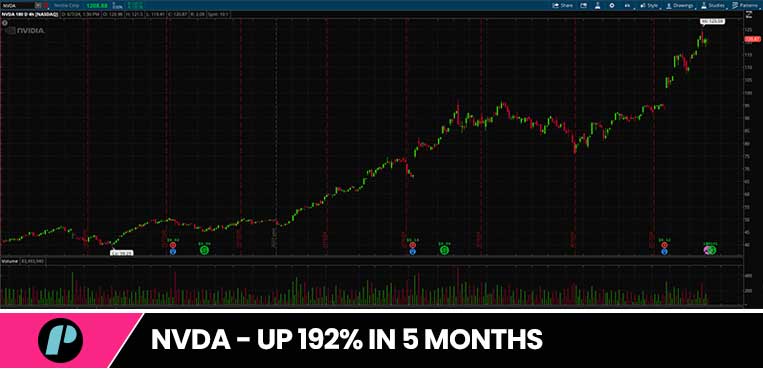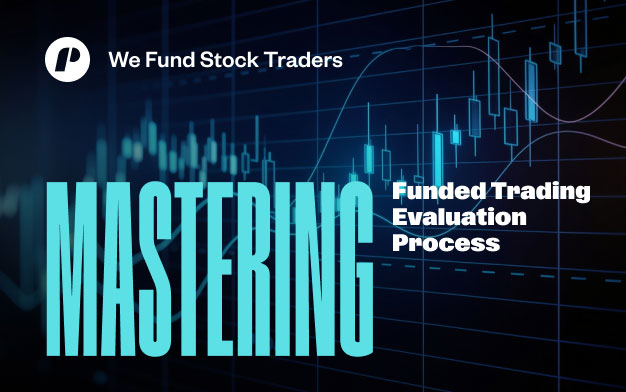
Introduction
Don’t want to spend the whole day in front of your screen? This might be for you.
What is Swing Trading? – It could be the ideal trading style for all those who don’t have the time (or the will) to spend hours in front of the screens waiting for an opportunity to materialize or for those traders who find it easier to spot and identify longer-term opportunities than the intraday ones.
In truth, there are a whole variety of reasons why so many traders choose to swing trade, and, by the end of this series, we’re pretty sure you’ll have figured out if it could also be a good fit for you.
Ready to start? Let’s get into it!
Key Notes
Some of the benefits that swing traders enjoy include:
- Less time spent in front of the screen analyzing charts
- More time for research and back-testing
- Smaller impact by price volatility due to news
- Technical indicators are less affected by noise on longer time-frame charts
What is Swing Trading?
Swing trading represents a popular strategy among traders aiming to achieve short- to medium-term profits from the stock market and other financial instruments. It entails holding onto assets for a duration that spans from several days to a few weeks.
Positioned somewhere between day trading (which focuses on buying and selling within the same day) and long-term investing (which involves holding assets for extended periods), swing trading is ideal for those who cannot continuously monitor their investments but still wish to benefit from market trends over a brief timeframe.
The Essence of Swing Trading
At its core, as the name suggests, swing trading revolves around leveraging market “swings”. These price oscillations can arise from a multitude of sources, such as corporate earnings announcements, economic indicators, shifts in investor outlook, and geopolitical developments. By pinpointing and trading these price changes, swing traders aim to take advantage of market volatility while limiting their exposure to the risks associated with long-term investments.
Timeframe and Trading Horizon
Typically, swing traders maintain their positions for anywhere between a few days to several weeks. This provides ample opportunity to profit from market movements without the need for daily monitoring. Furthermore, swing trading also allows traders to seize profitable opportunities while avoiding the long-term risks that come with extended market exposure.
This double-advantage combination makes this kind of trading all the more interesting and compelling for many traders looking for the middle ground between short-term trading and long-term investment strategies.
Advantages of Swing Trading
There are many benefits and advantages, but the following are probably the most notable ones
Adaptability
Unlike day trading, swing trading doesn’t necessitate daily market monitoring, offering traders the ability to maintain a healthy work-life balance and engage in other professional or personal aspects of their lives.
High Return Potential
By leveraging short- and medium-term market trends, swing traders have the opportunity to earn large returns, particularly in periods of market volatility.

Lower Transaction Expenses
Swing trading typically involves fewer trades than day trading, which, more often than not, translates into reduced commissions and fees costs.
Reduced Stress Levels
The nature of swing trading allows traders to avoid constant market vigilance, making it less stressful compared to day trading.
This enables them to make more deliberate decisions without the pressure of real-time market fluctuations.
Tools and Resources
Throughout this series on swing trading, we will look at these in a bit more detail but it may still be a good idea to anticipate that the difference between success and failure here might well depend as much on a trader’s level of preparation as it does on the quality of his/her tools and resources.
For example, the most critical ones are:
The Trading Platforms
Clear and comprehensive trading platforms such as MetaTrader, Thinkorswim, and TradeStation offer the essential tools and data necessary for swing traders to analyze the market and execute trades with precision.
The Charting Software
High-quality charting software like TradingView delivers advanced charting functionalities and technical analysis tools that are indispensable for spotting trading opportunities.
The Market News and Data Services
Timely market news and data services are vital for staying updated on events that can affect asset prices. Websites such as Bloomberg, Reuters, and Financial Times provide current news and in-depth analysis.
Swing Trading Assets
It’s also important to note that swing trading can be applied across various financial instruments, including:
Stocks
Shares of companies are favored by swing traders due to their high liquidity and volatility. Traders may concentrate on individual stocks or opt for exchange-traded funds (ETFs) that encompass groups of stocks.
Commodities
Swing traders also engage in trading commodities such as gold, silver, oil, and agricultural goods. These markets are often highly volatile, offering numerous chances for short- to medium-term trading opportunities.
Currencies (Forex)
The foreign exchange market is the world’s largest and most liquid market. Swing traders can trade currency pairs, taking advantage of price movements influenced by macroeconomic conditions and geopolitical developments.
Cryptocurrencies
Known for their extreme volatility, the cryptocurrency market presents plenty of opportunities for swing traders. Cryptocurrencies like Bitcoin, Ethereum, and others can offer significant profit potential.
Key Notes
Trade the Pool has recently launched a program. tailored specifically to swing traders.
It also includes:
- Almost any stock and ETF in the U.S. markets.
- Overnight and over-the-weekend position holding allowed.
- Reach 3 times your max DD. If your max DD = $2,100, reach $6,300 in profit and get a TTP-funded account
Conclusion
Swing trading seems to strike the perfect balance between day trading and long-term investing.
Seizing market movements that span from several days to weeks is the name of the game and it allows traders to potentially secure appealing returns without the need to burn their eyes on the screen while, at the same time, offering a more adaptable and less pressure-filled trading schedule.
Nevertheless, like any trading strategy, this one demands a strong grasp of market analysis, ongoing learning, and disciplined implementation.
Swing trading can be an attractive pursuit, offering lots of profitable opportunities. This is why Trade The Pool has recently decided to cater to swing traders – as well as day traders – through its products and services.
In the next article, we’ll discuss how swing trading is done and what you should do to build up or improve your swing trading strategy and use it to rip the benefits that the new Trade The Pool program for swing traders can offer.
Hope this helps.
If you liked this post make sure to share it!







